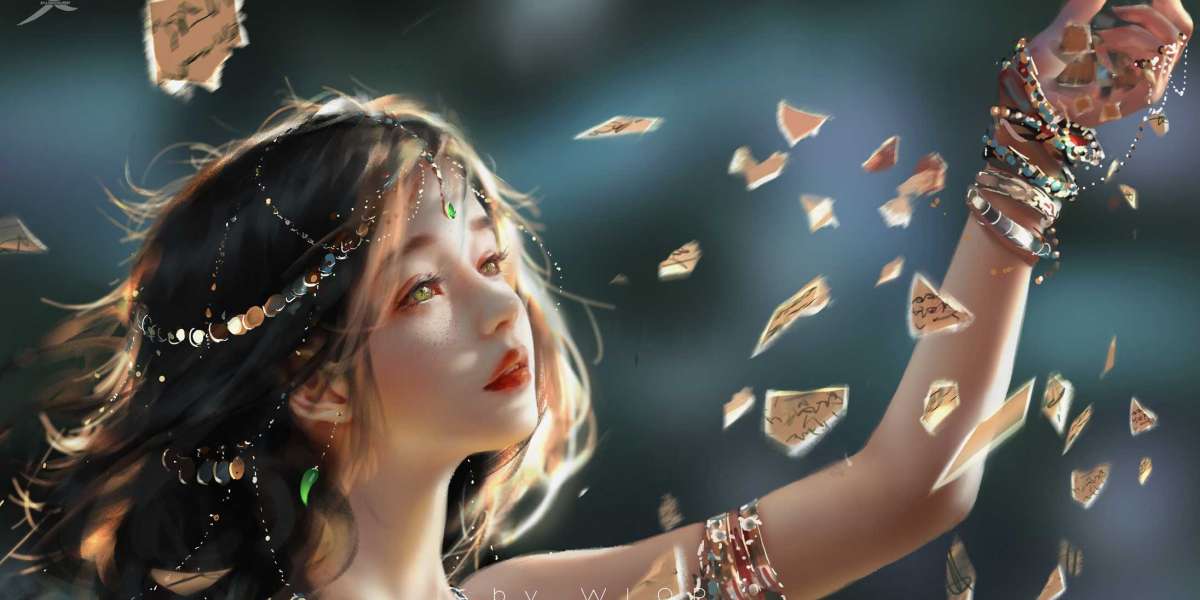From sketch to shelf, the journey of designing and painting action figures is a fascinating blend of creativity, precision, and technical prowess. This article delves into the intricate process, offering a comprehensive look at how these miniature masterpieces come to life.
Conceptualization and Sketching
The first step in the creation of an action figure is the conceptualization phase. Artists brainstorm ideas, often drawing inspiration from various sources such as movies, comics, or original concepts. During this stage, rough sketches are created to visualize the character's appearance, pose, and overall aesthetic.
These initial sketches are crucial as they serve as the blueprint for the entire project. Artists focus on capturing the essence of the character, paying attention to details like facial expressions, clothing, and accessories. This stage is iterative, with multiple revisions to ensure the design aligns with the envisioned final product.
Sculpting and Prototyping
Once the sketches are finalized, the next step is sculpting. Skilled sculptors use various materials such as clay or digital sculpting software to create a three-dimensional prototype of the action figure. This prototype serves as a tangible representation of the initial sketches, allowing for further refinements and adjustments.
During this phase, attention to detail is paramount. Sculptors meticulously craft every aspect of the figure, from the texture of the clothing to the intricacies of the facial features. The goal is to create a prototype that accurately reflects the character's personality and style.
Molding and Casting
With the prototype complete, the next step is molding and casting. A mold is created from the prototype, typically using silicone or other flexible materials. This mold captures every detail of the prototype, ensuring that the final product is an exact replica.
Once the mold is ready, it is used to cast multiple copies of the action figure. These casts are usually made from durable materials like resin or plastic, ensuring the figures are sturdy and long-lasting. This stage is crucial for mass production, allowing for the creation of numerous identical figures.
Painting and Detailing
Painting is where the action figure truly comes to life. Talented painters use a variety of techniques to add color, shading, and intricate details to the figure. This process requires a steady hand and a keen eye for detail, as even the smallest mistake can affect the overall appearance.
Artists use a combination of airbrushing, hand-painting, and washes to achieve a realistic and vibrant finish. They pay close attention to the character's color scheme, ensuring that the final product matches the original design. This stage is often the most time-consuming, but it is also the most rewarding, as it transforms a plain cast into a lifelike representation of the character.
Quality Control and Packaging
Before the action figures are ready for the shelf, they undergo a rigorous quality control process. Each figure is carefully inspected to ensure it meets the highest standards of craftsmanship. Any imperfections are addressed, and only the best figures make it to the final stage.
Finally, the action figures are packaged, often with additional accessories or display stands. The packaging is designed to be visually appealing, showcasing the figure while protecting it during transportation. Once packaged, the figures are ready to be shipped to stores and collectors around the world.
Conclusion
The journey from sketch to shelf is a complex and rewarding process that combines artistry, craftsmanship, and technical skill. Each action figure is a testament to the dedication and passion of the artists and designers involved. Whether you're a collector or simply an admirer, understanding the process behind these miniature works of art adds a new level of appreciation for the creativity and effort involved.








